Bioflocs can be a suitable, if not superior, alternative to fishmeal
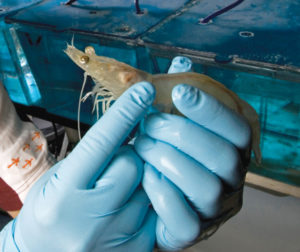
Shrimp farming has traditionally relied on fishmeal for the formulation of nutritionally complete diets. However, fishmeal is becoming more expensive, and natural fisheries are being overexploited due to an increase in demand as the global human population continues to grow. This is prompting the aquaculture industry to investigate and implement alternative sources of protein to replace less-sustainable protein ingredients for aquaculture feed.
Traditional alternative proteins, such as soybean meal, are derived from plants. Recent developments in research are demonstrating that yeast-based and biofloc-based proteins are also suitable replacements for fishmeal in aquaculture diets.
Since bioflocs can be produced while treating aquaculture effluents, bioflocs may have an additional advantage over plant-based proteins. This is because a waste is effectively converted into a valuable resource for the industry.
Producing bioflocs
Effluents from aquaculture facilities can be treated by implementing suspended-growth biological reactors. These bioreactors remove nutrients like nitrogen from the effluent water as bioflocs are produced. The water is essentially “cleaned” as bioflocs are produced.
Two major types of bioreactors have been studied in the authors’ laboratories for treating aquacultural effluents: sequencing batch reactors (SBR) and membrane batch reactors (MBR). A more detailed description of these processes is provided in “Suspended-Growth Biological Processes Clean RAS Wastewater” in the January/February Global Aquaculture Advocate.
Nutritional composition
Biofloc nutritional composition can vary extensively, but is based on factors such as effluent characteristics and how a bioreactor is operated. For example, if two bioreactors were operated in the same way, but one received effluent with a high nitrogen load and the other received effluent with a low nitrogen load, the bioreactor receiving the higher load would likely produce a biofloc with higher levels of protein than the other bioreactor.
Research evaluating factors that influence nutritional properties are currently under way to optimize the nutritional value (levels of essential amino acids, fatty acids, proteins and crude fat) of the biofloc produced.
In studies with SBR and MBR reactors, the following ranges of dry-matter nutritional values have been observed: crude protein, 35 to 49 percent; carbohydrates, 22 to 36 percent; crude fiber, 13 to 18 percent; total ash, 12 to 28 percent; and crude fat, 0 to 1 percent.
In reference to amino acids, non-essential amino acids can be synthesized by shrimp. However, the essential or indispensible amino acids cannot be synthesized by shrimp. The essential amino acids in a high-quality shrimp feed and biofloc typical in the authors’ studies are compared in Fig. 1.
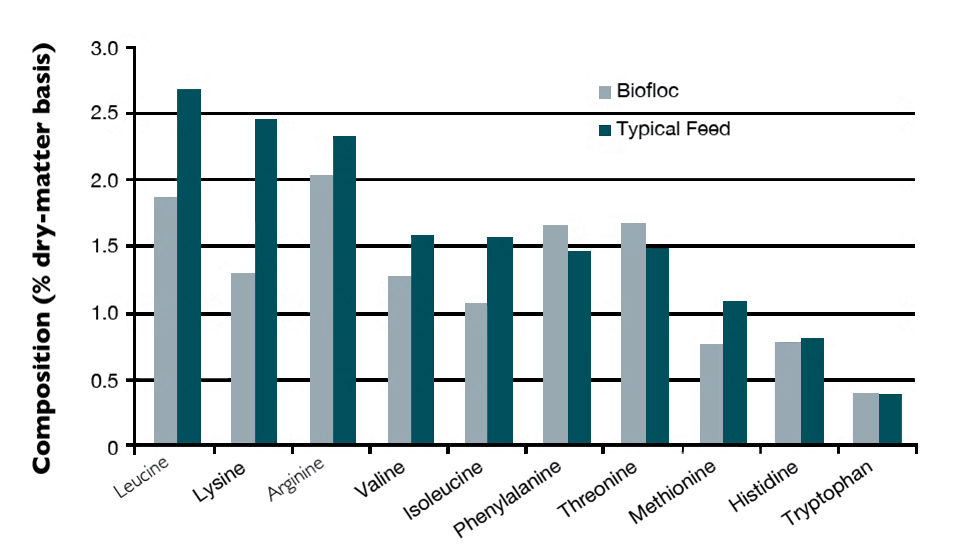
Overall, the levels of essential amino acids for shrimp compare well, but there is a notable difference (≥ 0.5 percent, dry-weight basis) in the compositions of leucine, lysine and isoleucine. The biofloc protein level can be increased to about 65 percent, and the quality of the essential amino acids profile in biofloc can be further optimized by changing the effluent used, bioreactor methodology and/or carbon source and level.
Feeding trials
Two feeding trials were conducted to determine if biofloc can be used to replace fishmeal and/or soybean protein in shrimp diets. Each five-week trial was conducted in recirculating aquaculture systems with optimal water quality conditions for shrimp culture.
The bioflocs were dried and incorporated into experimental diets formulated to be equivalent for crude protein (35 percent) and total fat (8 percent). The biofloc diets were compared against high-quality control diets by replacing fishmeal and/or soy protein. In the first trial, only SBR bioflocs were tested. Both SBR and MBR bioflocs were used in the second trial at twice the inclusion rate of the first trial. The weight gain of shrimp in the trials is presented in Fig. 2.
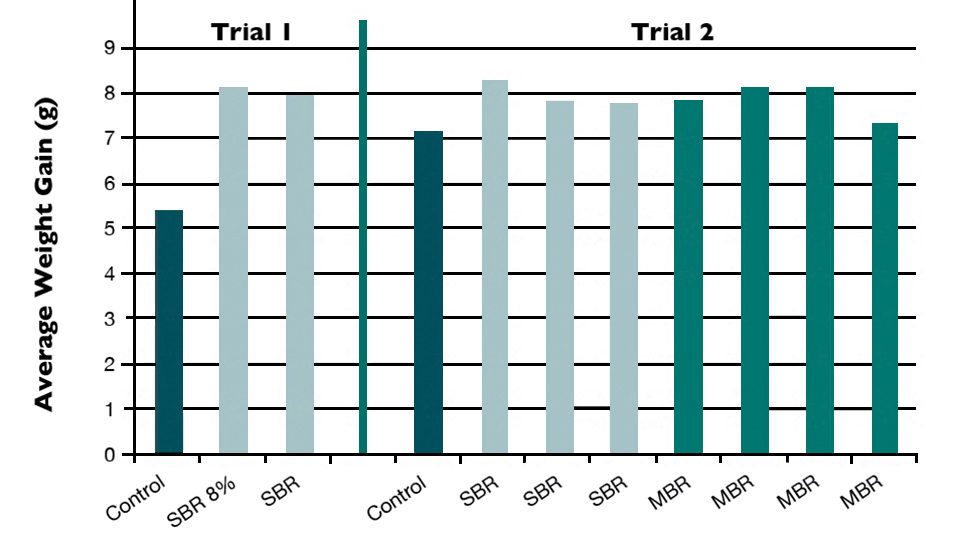
Shrimp fed biofloc diets during the first trial outgrew shrimp given the control diet by an average of 49 percent. During the second trial, shrimp on biofloc diets outgrew the control shrimp by approximately 10 percent.
Regardless of the inclusion rate of total diet (0 to 30 percent), amount of fishmeal replaced (0 to 67 percent) or soy protein replaced (0 to 100 percent), shrimp fed biofloc diets grew slightly or significantly faster. These data suggested that bioflocs can be a suitable, if not superior, ingredient for shrimp feed.
(Editor’s Note: This article was originally published in the May/June 2010 print edition of the Global Aquaculture Advocate.)
Now that you've reached the end of the article ...
… please consider supporting GSA’s mission to advance responsible seafood practices through education, advocacy and third-party assurances. The Advocate aims to document the evolution of responsible seafood practices and share the expansive knowledge of our vast network of contributors.
By becoming a Global Seafood Alliance member, you’re ensuring that all of the pre-competitive work we do through member benefits, resources and events can continue. Individual membership costs just $50 a year.
Not a GSA member? Join us.
Authors
-

David D. Kuhn, Ph.D.
Civil and Environmental Engineer
Food Science and Technology Department
FST Building (0418)
Virginia Tech
Blacksburg, Virginia 24061 -

George J. Flick, Jr., Ph.D.
Civil and Environmental Engineer
Food Science and Technology Department
FST Building (0418)
Virginia Tech
Blacksburg, Virginia 24061 -
Gregory D. Boardman, Ph.D.
Civil and Environmental Engineer
Food Science and Technology Department
FST Building (0418)
Virginia Tech
Blacksburg, Virginia 24061 -
Addison L. Lawrence, Ph.D.
Texas A & M University - Corpus Christi
Corpus Christi, Texas, USA
Tagged With
Related Posts
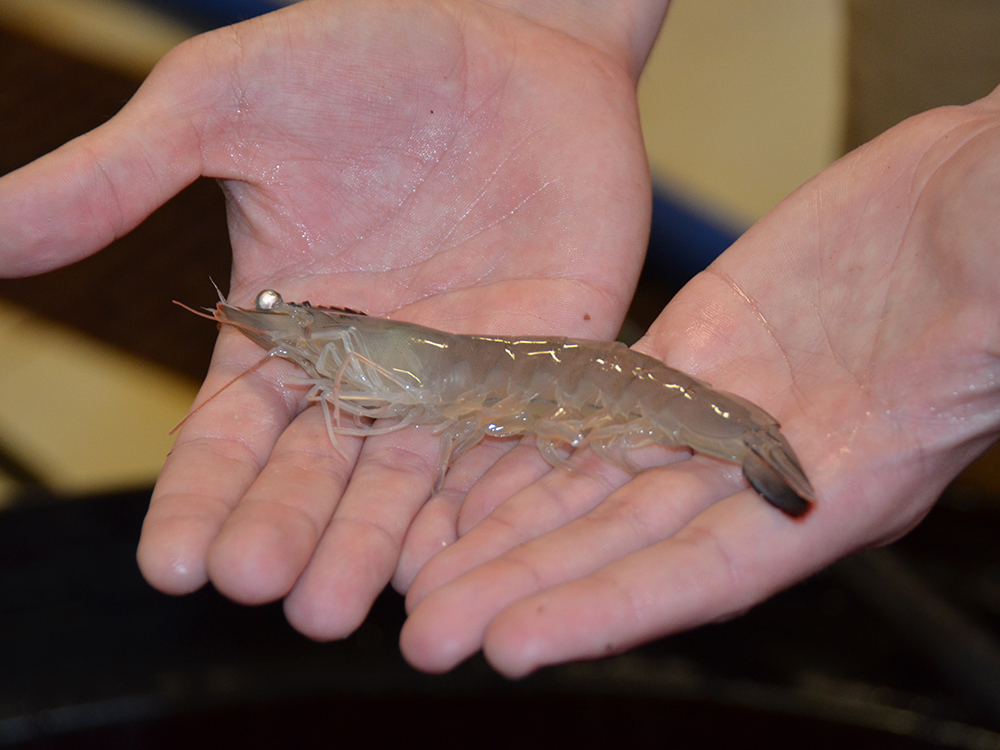
Aquafeeds
Biofloc and clear-water RAS systems: a comparison
This study compared two types of indoor, shrimp culture systems: clear-water RAS and biofloc systems. Clearwater RAS had the edge in water quality, but shrimp in the biofloc treatment had a higher feed conversion ratio.
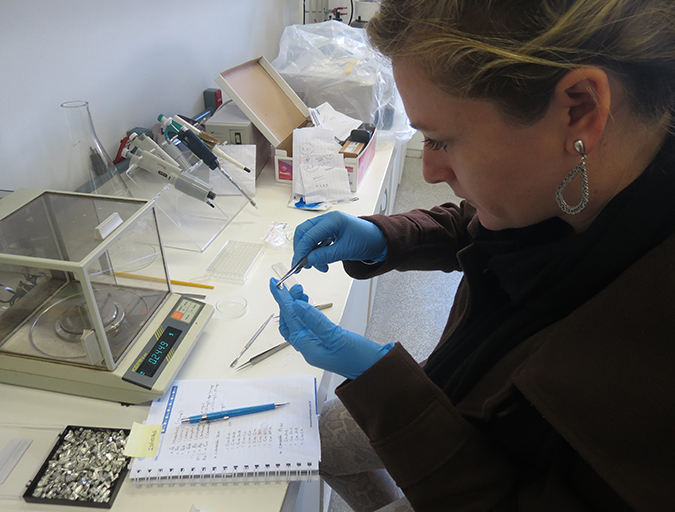
Aquafeeds
Biofloc consumption by Pacific white shrimp postlarvae
The stable isotopes technique with δ13C and δ15N can be used to determine the relevance of different food sources to shrimp feeding during the pre-nursery phase of Litopenaeus vannamei culture. During this trial, different types of commercial feed, microalgae, Artemia sp. nauplii and bioflocs were used as food sources.
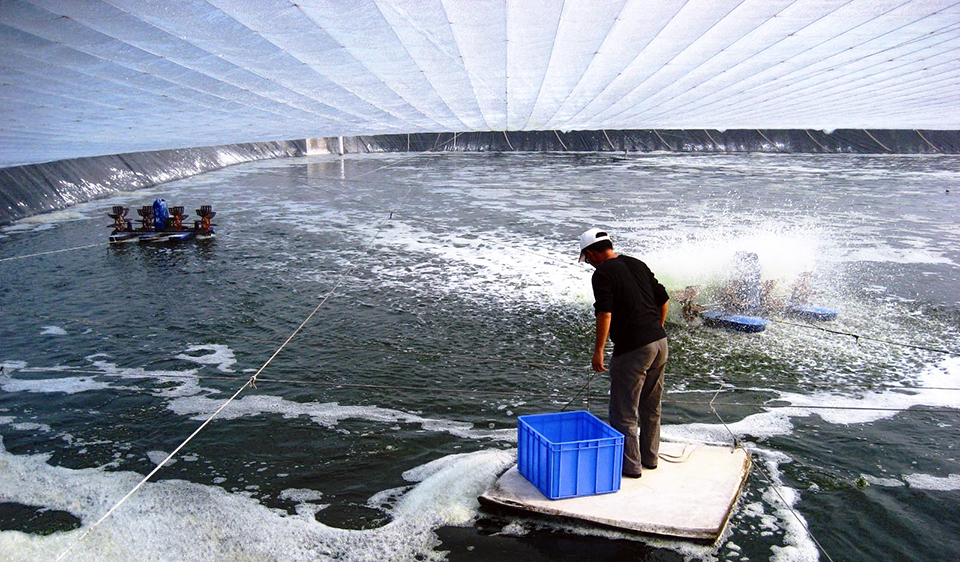
Health & Welfare
Biofloc technology expanding at white shrimp farms
Biofloc technology provides high productivity, low feed-conversion ratios and a stable culture environment. Also, with viral problems and rising costs for energy, biofloc technology can help deliver sustainable production at lower cost.
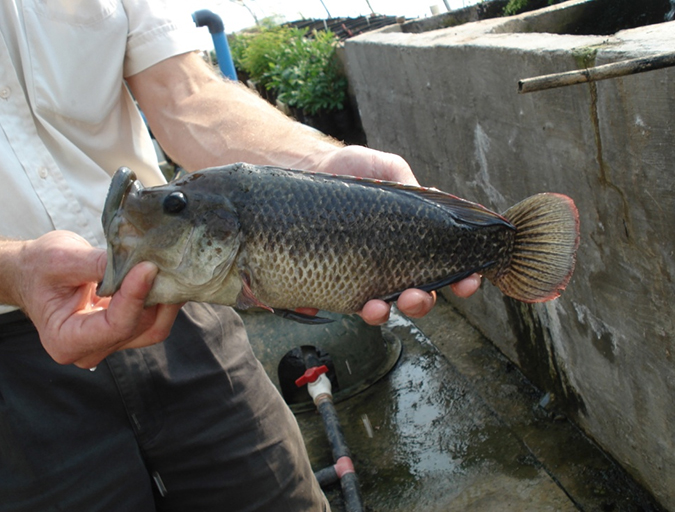
Aquafeeds
Biofloc systems viable for tilapia production
Well-designed and managed biofloc technology systems are a viable alternative for production of various species like tilapia, to increase feed efficiency by lowering aquafeed protein requirements and to help reduce or eliminate effluent discharges.



